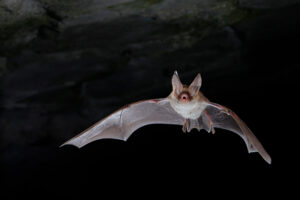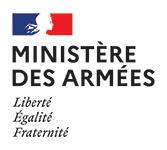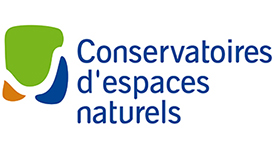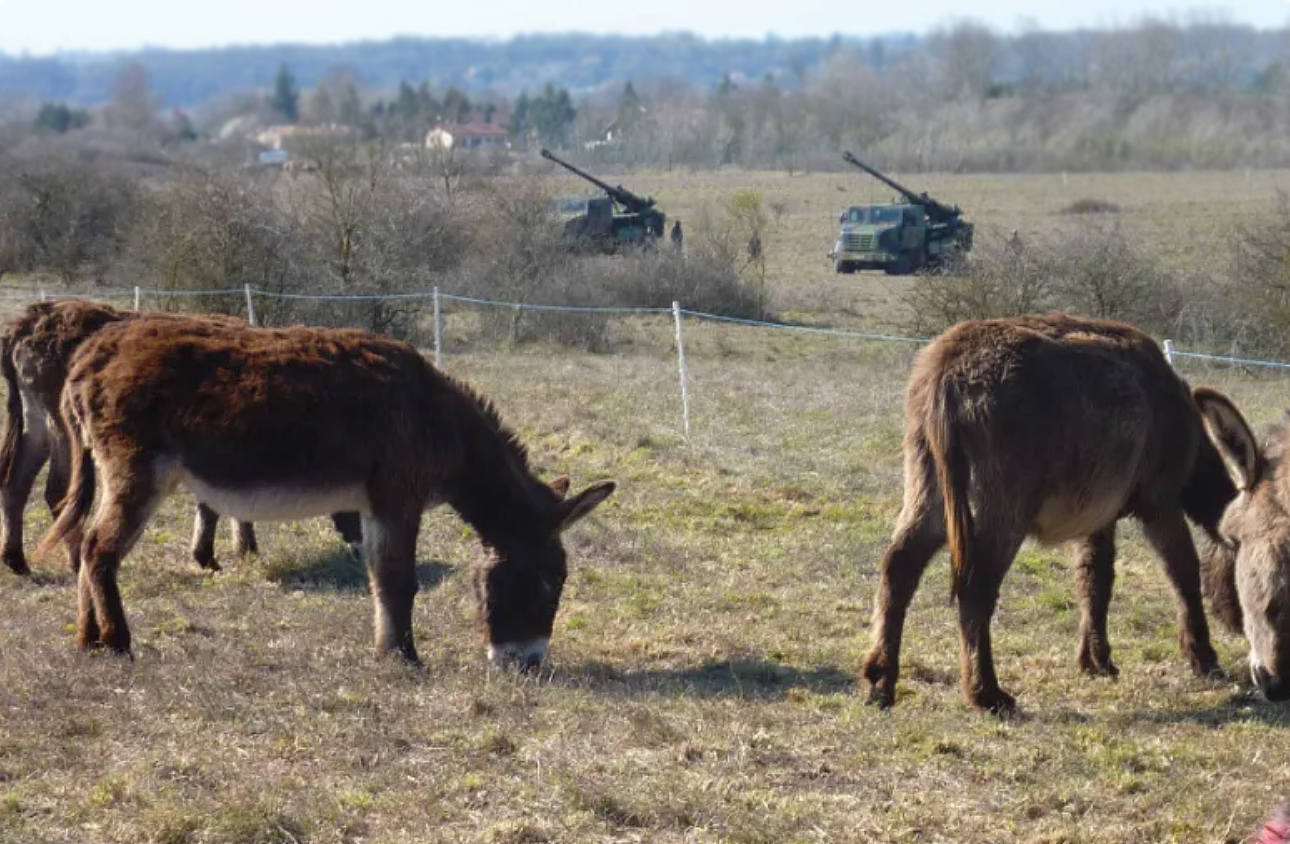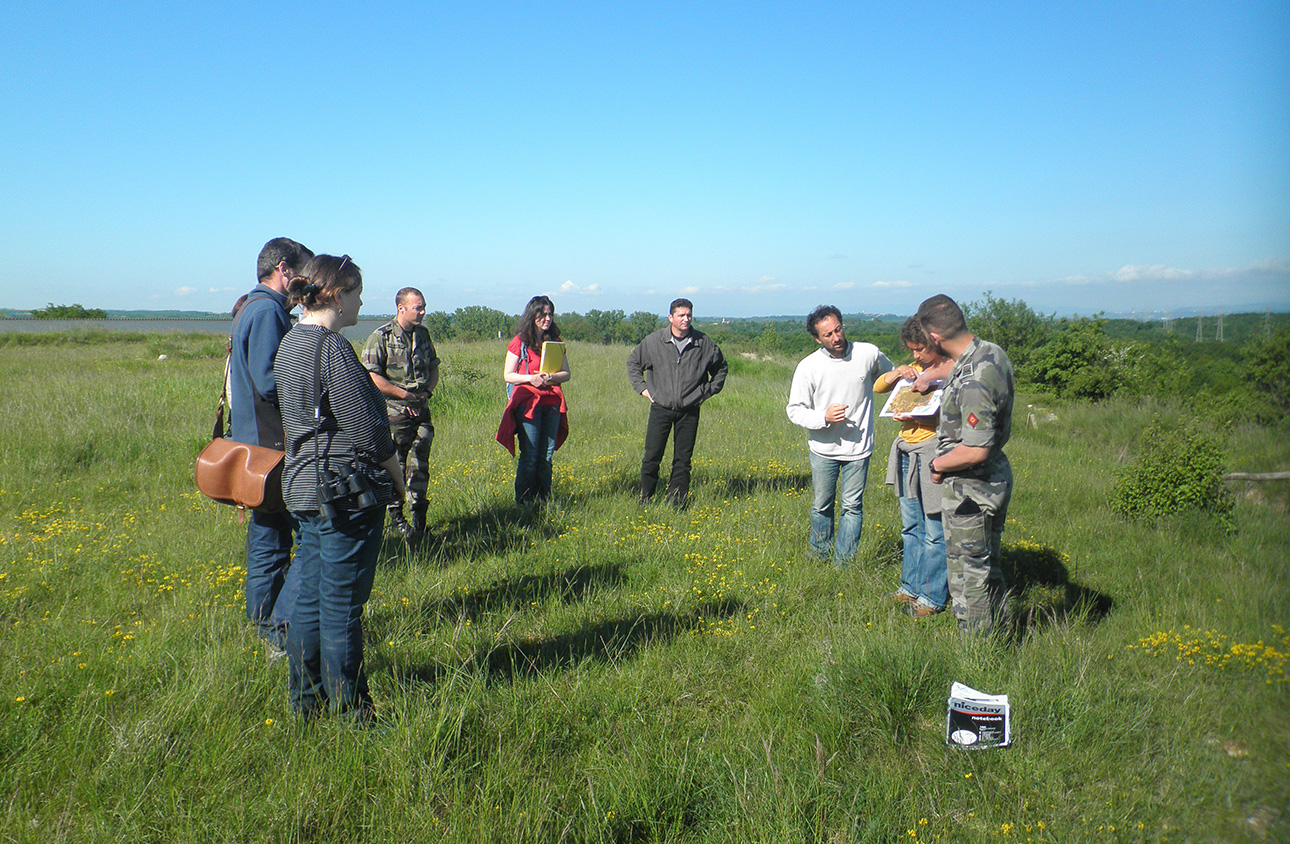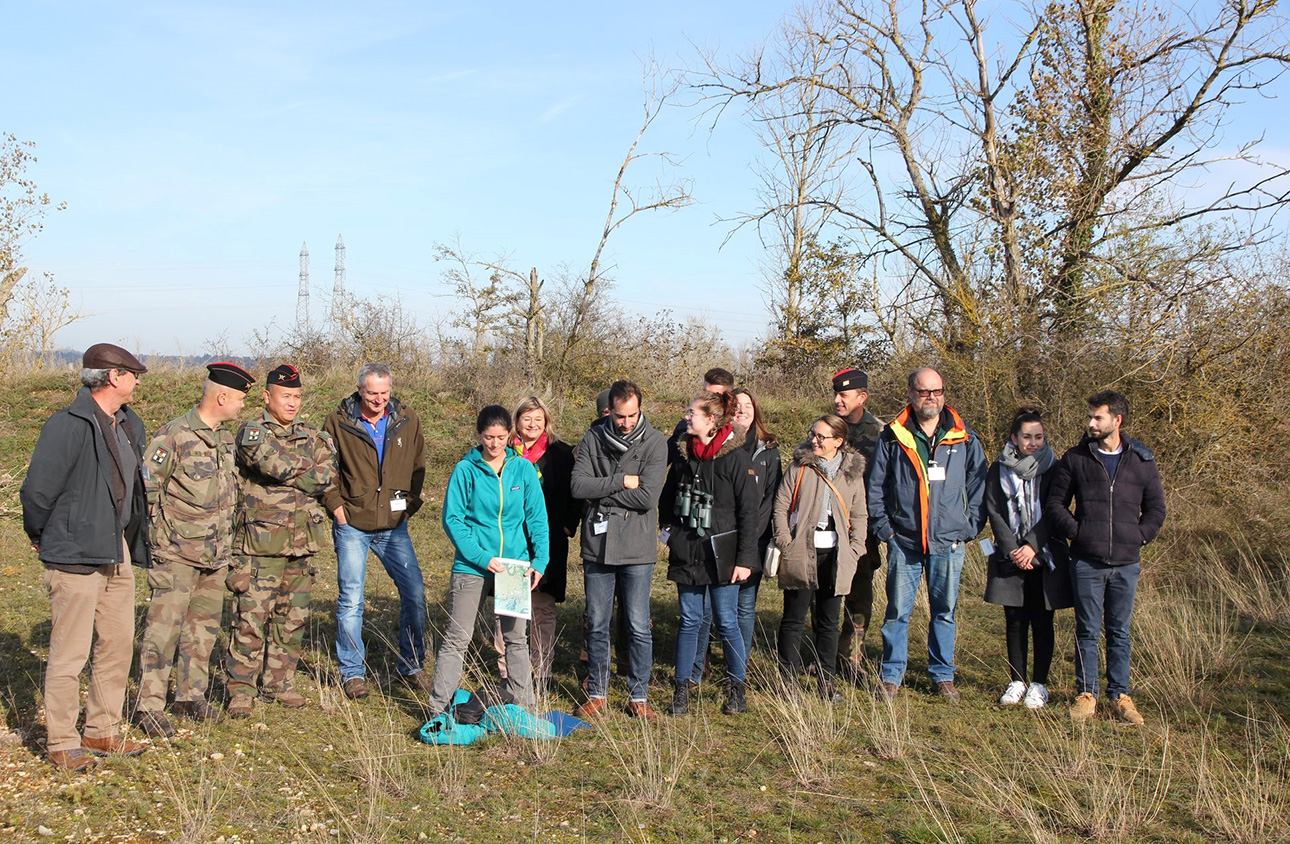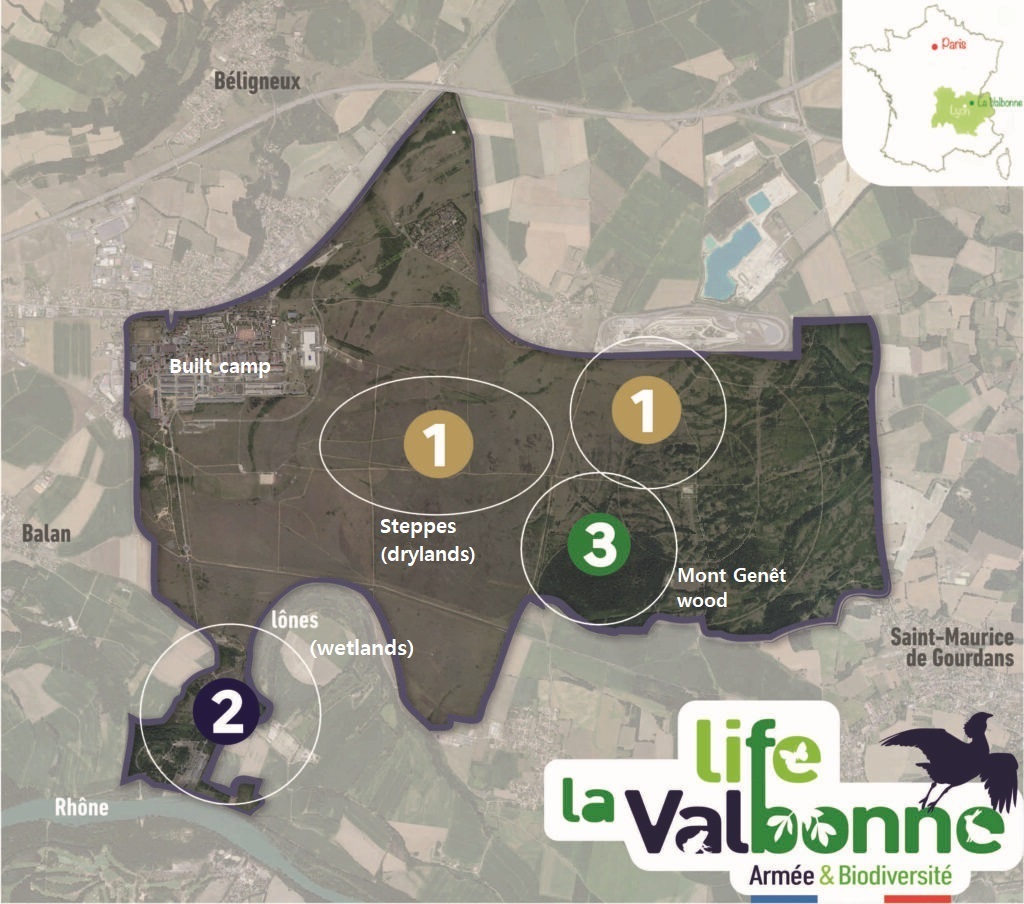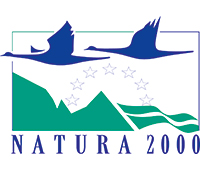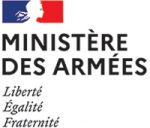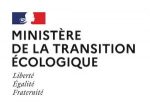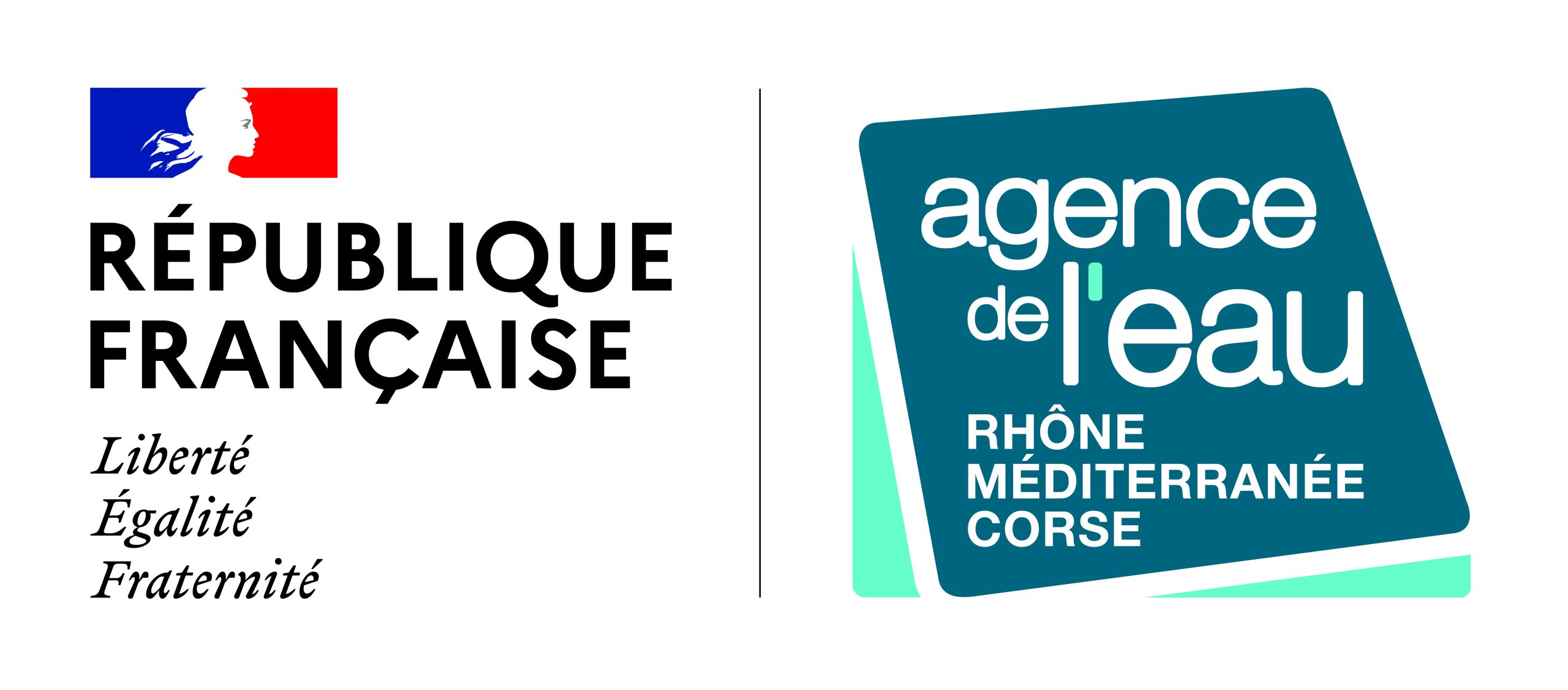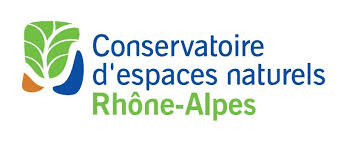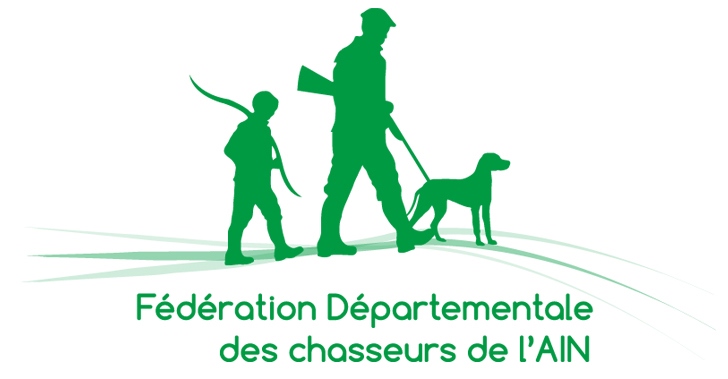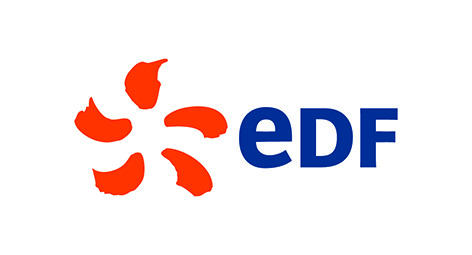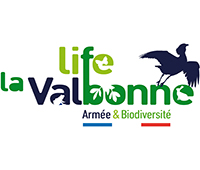
LIFE la Valbonne, what is it?
The LIFE la Valbonne is an ambitious project aiming to considerably strengthening actions to restore and preserve the biodiversity of the military camp of la Valbonne (Ain, France). It is coordinated by the Ministry of the Armed Forces (Ministère des Armées), in partnership with the Rhône-Alpes Conservancy of Natural Areas (Conservatoire d’espaces naturel Rhône-Alpes) and the Departmental Federation of Hunters (Fédération départementale des chasseurs de l’Ain).
Duration : 7 years
Main funding : European LIFE funding
Co-funding : Water agency, DREAL Auvergne-Rhône-Alpes, EDF Nuclear Center of Bugey, Departmental Council of Ain, Ministry of the Armed Forces (MINARM).
Objectives and key figures
A project with ambitious objectives
All the actions of the LIFE La Valbonne project aim to improve the habitats of community interest already present on site and promote the return and strengthening of certain species. Three main objectives were thus set: restore the dry grasslands, wetlands and forests on the site.
This means diversifying the flora and contributing to the preservation of endangered plant species, including several wild orchids, the red pulsatilla, the grass-leaved buttercup and the European feather grass.
It also allows the sedentarisation of the singing males of the Little Bustard, the reproduction of the species on the site and encourages the nesting of other grassland birds.
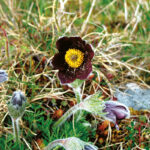
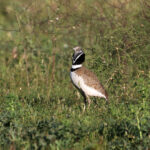
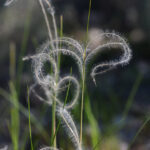
This objective concerns the two oxbows of the Rhône, the lônes, and will allow better flooding of the woodlands, priority habitats for a whole cohort of species of community interest, including the mercury agrion (Coenagrion mercuriale) and a small snail: the Desmoulin’s whorl snail (Vertigo moulinsiana). This objective also aims to conserve wetlands whose functions are essential to biological balance.
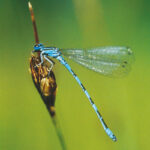
© V. Piernon
Improved silvicultural management and forestry work on the Mont Genêt wood aims to increase the amount of large wood and to promote the nesting of birds of prey, including the western red-footed falcon (Falco vespertinus), for which the site is already a migration habitat. In turn, the increase in the amount of senescent wood will favour various birds, including woodpeckers and especially forest bats.
